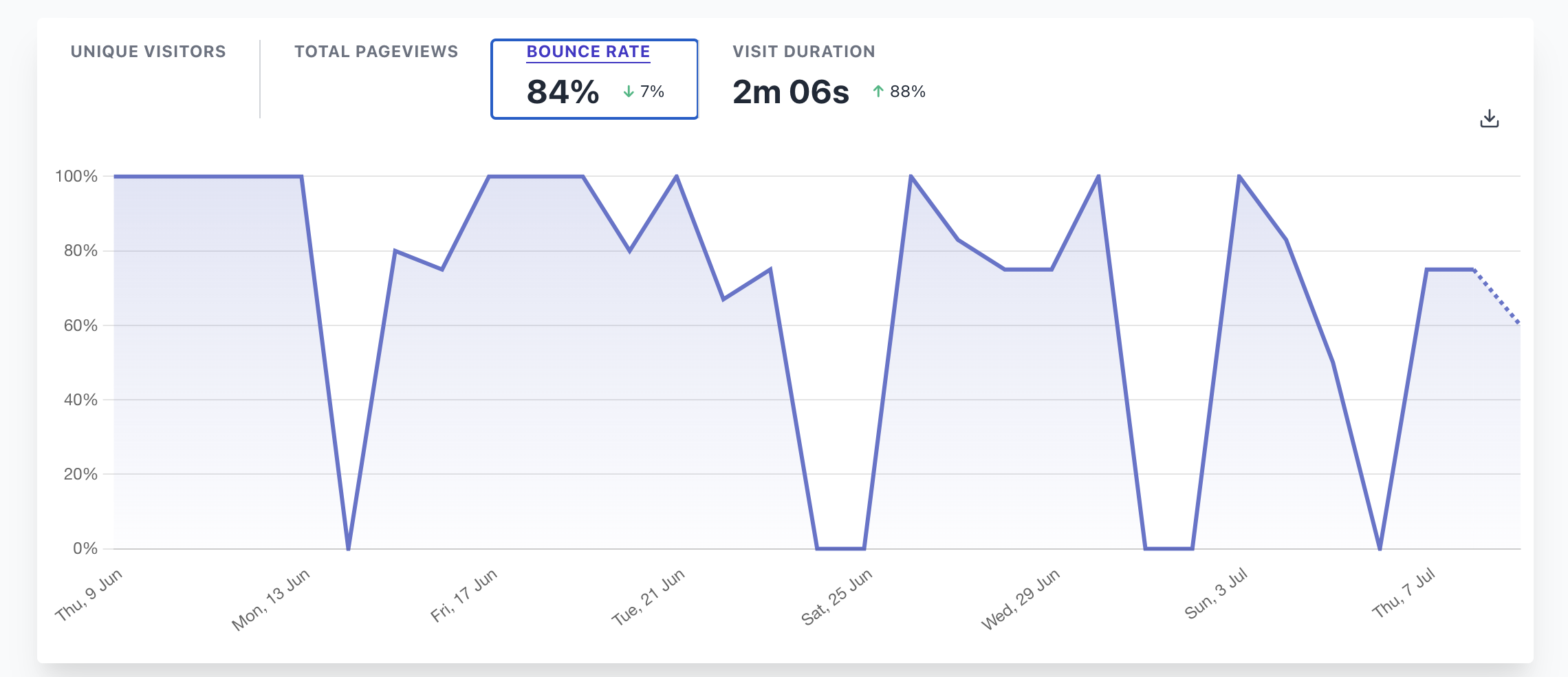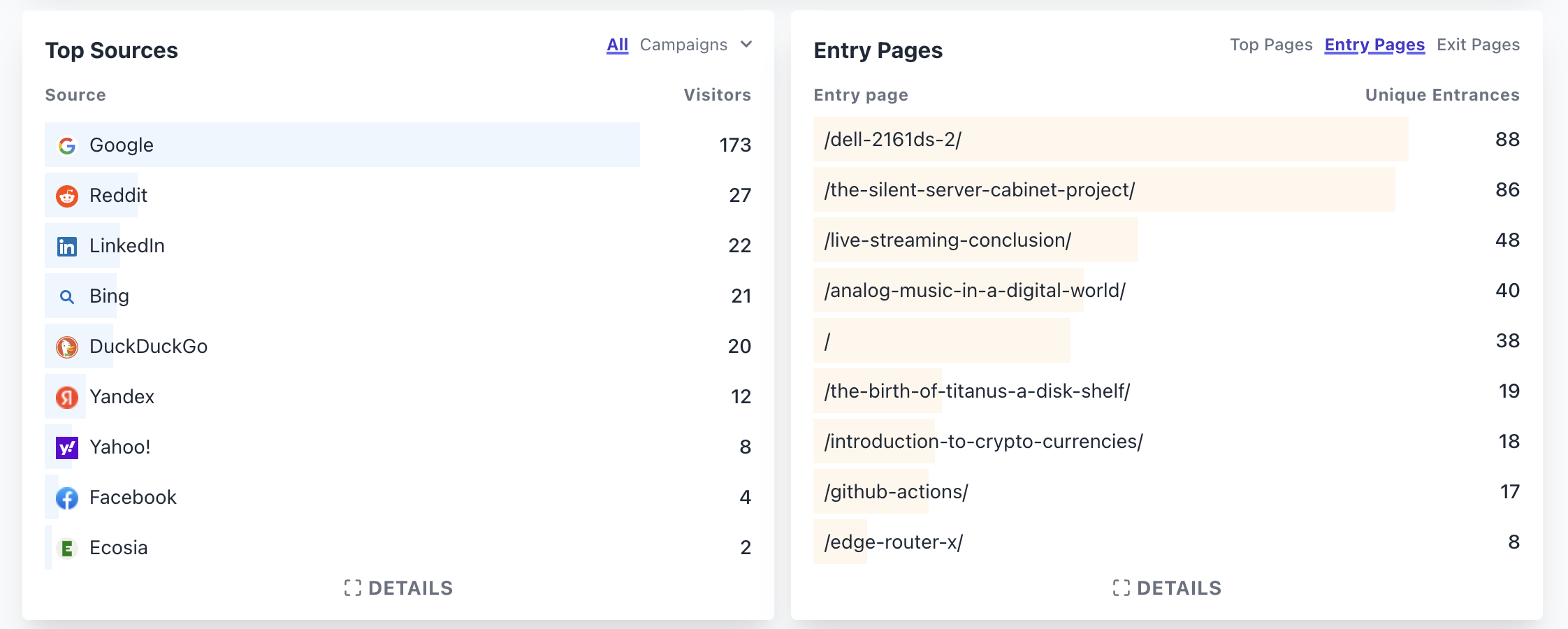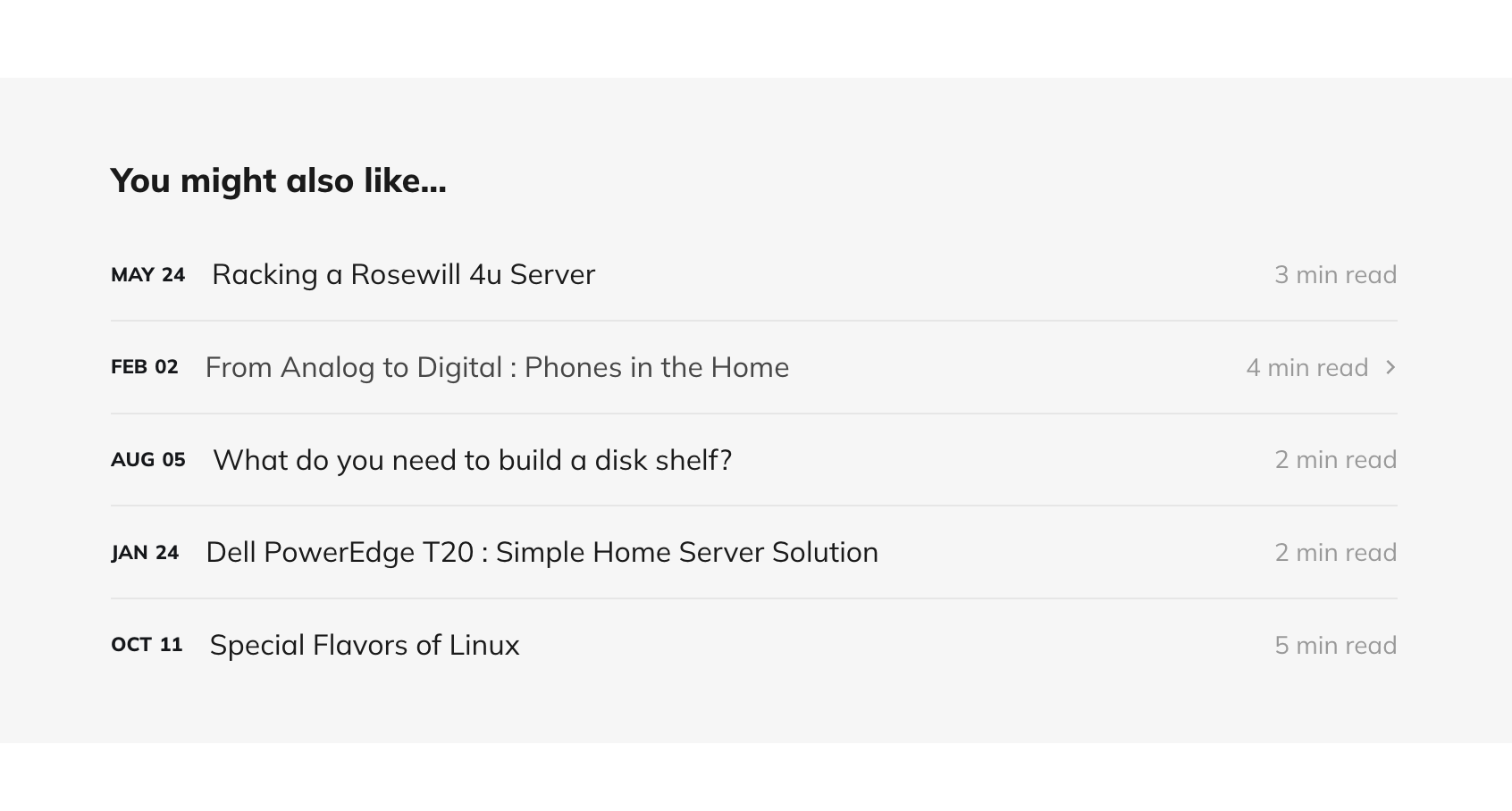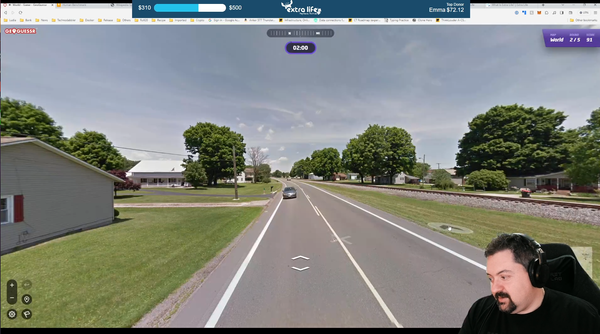Why do people bounce on websites?
Bounce rate is the percentage of readers that leave the site without visiting a second page. It is a measure of how engaging a site is. The following are the changes planned to improve Technodabbler's bounce rate.

When working with websites, the bounce rate is the percentage of readers that leave the site without visiting a second page. It is calculated by dividing the number of single page visits by the total number of visits. The bounce rate of a site is a measure of how engaging a site is. Technodabbler has the surprisingly high bounce rate of 85%, which indicates a problem. Follow us on our analysis and the changes we are making.
It is complicated to determine what a good bounce rate is, as opinions varies widely. Some would argue that any bounce rate about 50% to 70% is horrible, and others would say that above 70% is normal for a blog, as the content tends to be either specific or targets a specific demographic. It could even be argued that bounce rate is not a measure of success given the volume of single page visit. In the case of Technodabbler,

Engagement is driven by the first page experience of the readers. The first step is to determine how people enter the site. Technodabbler uses Plausible.io to anonymously gather information on how readers interact with the site. Most visitors find the site using a search engine, most likely searching for a particular piece of information. Others are referred from posts on Reddit or LinkedIn, where Technodabbler regularly contributes or promotes.
The second step is to determine where people enter the site. Very few people use the home page, which is understandable for this type of site. As stated before, people are usually looking for a specific information when entering the site. This means that work must be invested in the "post" page, to propose related content that a reader might be interest it. It is logical that if the people can't find the content, they can't read it.
To be clear, this is a complex problem that could improve with many changes, including catchy titles and additional hooks.

The first change was to introduce a "You might also like ..." section as the end of posts. It is important to know that each article is tagged with a series of labels that describes its content ( ex: Linux, Music, Legal, Videogames, etc. ). The suggestion engine finds popular articles that share a "content label", hopefully proposing something interesting to the reader.

The second change is to add a call to action at the end of new posts, proposing one or two follow up articles directly related to the content. This is a very successful strategy for Youtubers, which are also incentivized to keep viewers on their content. The call to action might also be a good addition on the more popular articles on the site.

The third change is to improve site navigation, allowing readers to scan the content of the site. For the longest time, navigation in Ghost Blogs was mostly limited by the previously mentioned label system, which we implemented as a menu bar at the top of the site. Recently, Ghost developers added a search engine, enabling users to find specific content. A search icon was added to the right side of the header, allowing for easy accept to the feature.

One information we don't have is if people actually finish reading the articles. This is not easy to collect, as it would require a much more invasive analytic system. However, research would suggest that most people only skim articles to find the information they need. This means that a certain number of bounce should always be expected.
Now all that is left is to wait. None of this is an exact science and we cannot predict how users will navigate the site. However, analytics will provide the clue, leading to iteration to the design, hopefully mostly positive.




